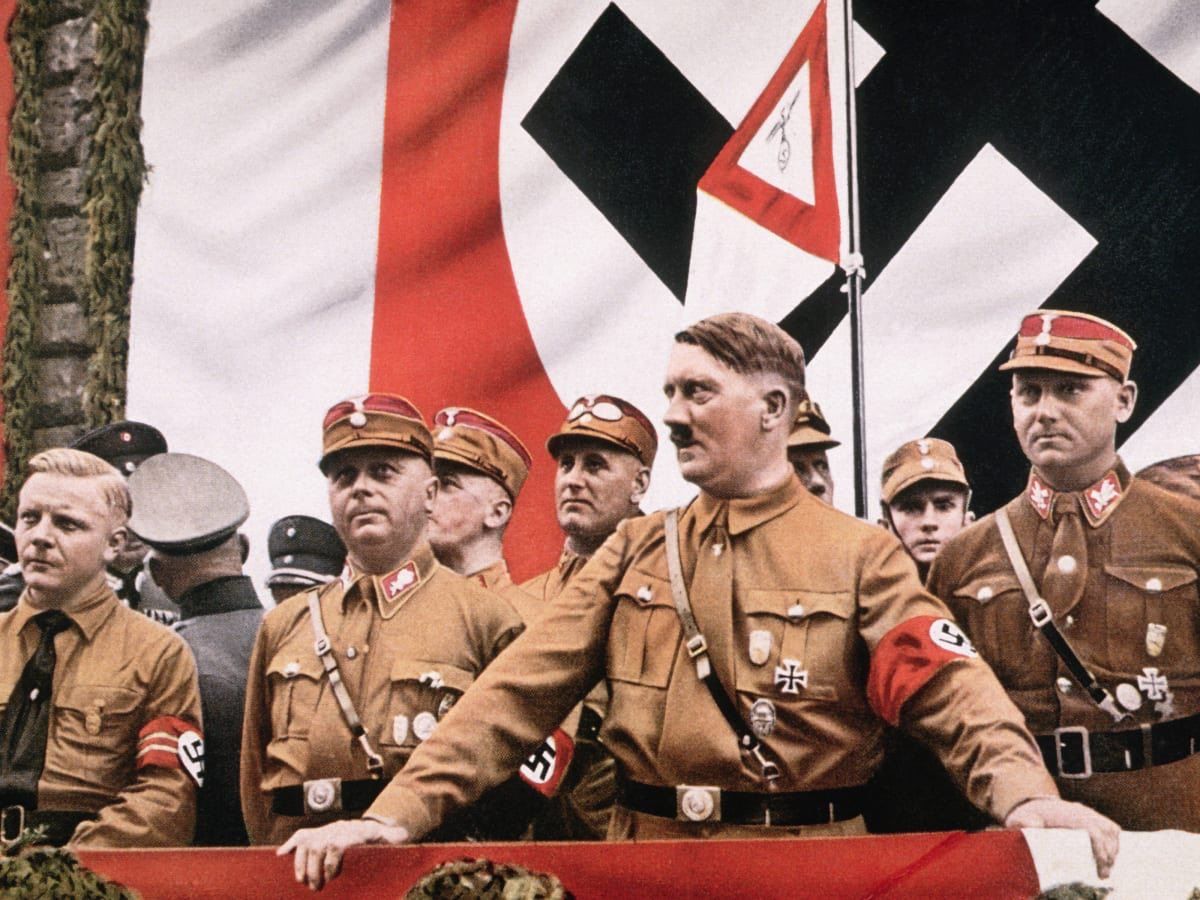The orchestrator of two of the most spine-chilling events in the history of mankind – World War II and the Holocaust – that killed over 40,000,000 people, Adolf Hitler is one of the most abhorred yet significant figure.
Although over the years, there has been innumerable documentaries, films, TV shows and books that he was the subject of.
Also Read: Holocaust Remembrance Day 2022: All about the Jewish community’s struggle
Yet, there are quite a few notable lesser-known facts about the leader of Nazi Germany. We at Opoyi present to you four of such intriguing tidbits.
Adolf Hitler? Adolf Schicklgruber? Adolf Hiedler?
Adolf Hitler’s father, Alois, was born out of wedlock to Maria Anna Schicklgruber and given her surname.
But when he was about 40 years old, Alois decided to adopt the last name of his stepfather, Johann Georg Hiedler, who was speculatively his biological father.
Also Read: Anne Frank: Girl who etched the horrors of Holocaust in the world’s memory
On the legal documents, Hitler was given as the new last name, although the reason for the spelling change is unknown.
The banned book that became a bestseller
In 1924, Hitler began writing his autobiography ‘Mein Kampf’ (My Struggle), while in prison.
Initially having only limited success, the popularity of Mein Kampf grew along with Hitler’s.
By 1939 more than five million copies had been sold.
However, after Hitler’s death, the work was banned in Germany and other countries, and the German state of Bavaria, which held the copyright, refused to grant publishing rights.
But foreign publishers still continued to print the work, and in 2016 it entered the public domain after the copyright expired.
Days later a heavily annotated Mein Kampf was published in Germany for the first time since 1945. It became a best seller.
Also read: Amazon tweaks app logo after users compare it to Adolf Hitler
Billionaire
Trying to rewrite the pangs of poverty in his early life, Hitler seemingly had a determination to amass a massive fortune.
Primarily, his money came from predictable sources — siphoning off government money and accepting “donations” from corporations.
In addition, he refused to pay income tax.
He used his vast wealth — which some estimated was about $5 billion — to amass an extensive art collection, purchase fine furnishings, and acquire various properties.
After the war, his estate was given to Bavaria.
Art Critic
Early in his life, Hitler was rejected by the Vienna Academy of Fine Arts and lived in poverty trying to sell his work.
However, primarily, his interest in art seemed to increase once he became the Fuhrer.
Although Hitler idealized the work of Classical Greece and Rome, he was highly critical of contemporary movements such as Impressionism, Cubism, and Dada.
In the 1930s, Nazis began removing such “degenerative art” from German museums.
During World War II, Hitler ordered the systematic looting of artworks on an unprecedented scale.







